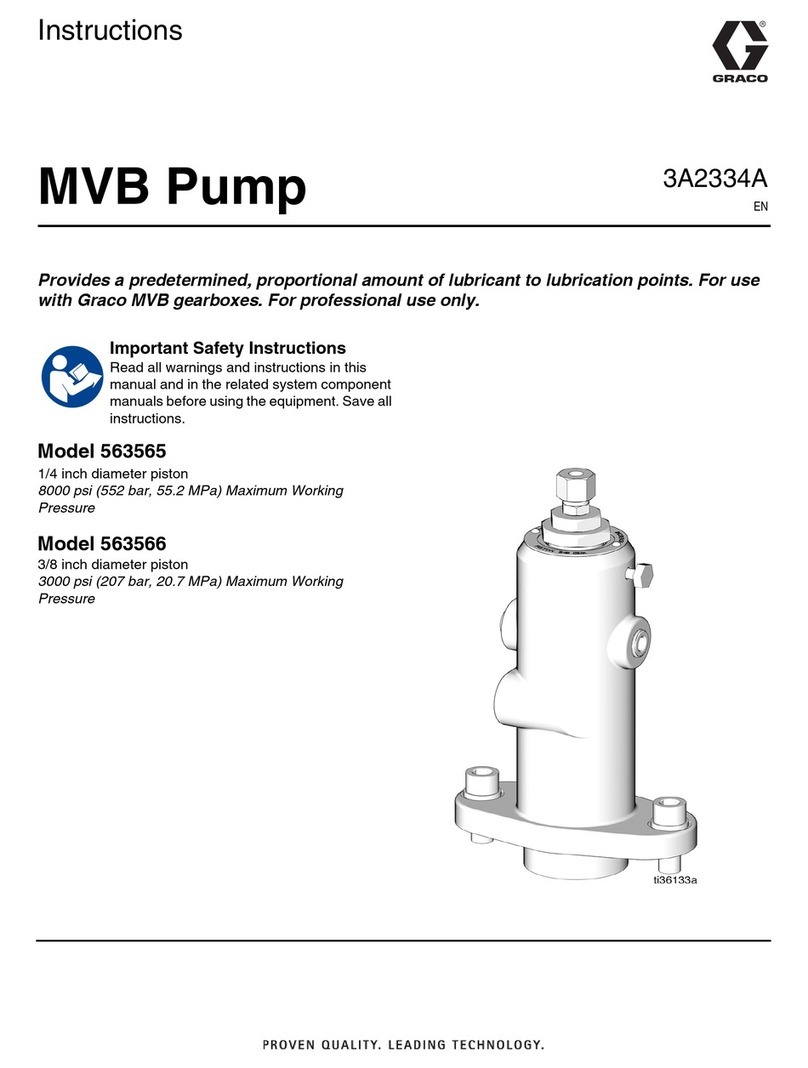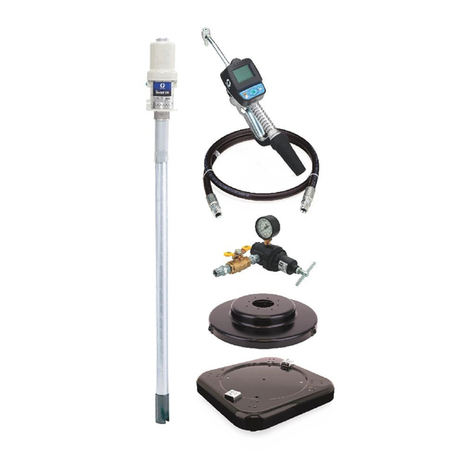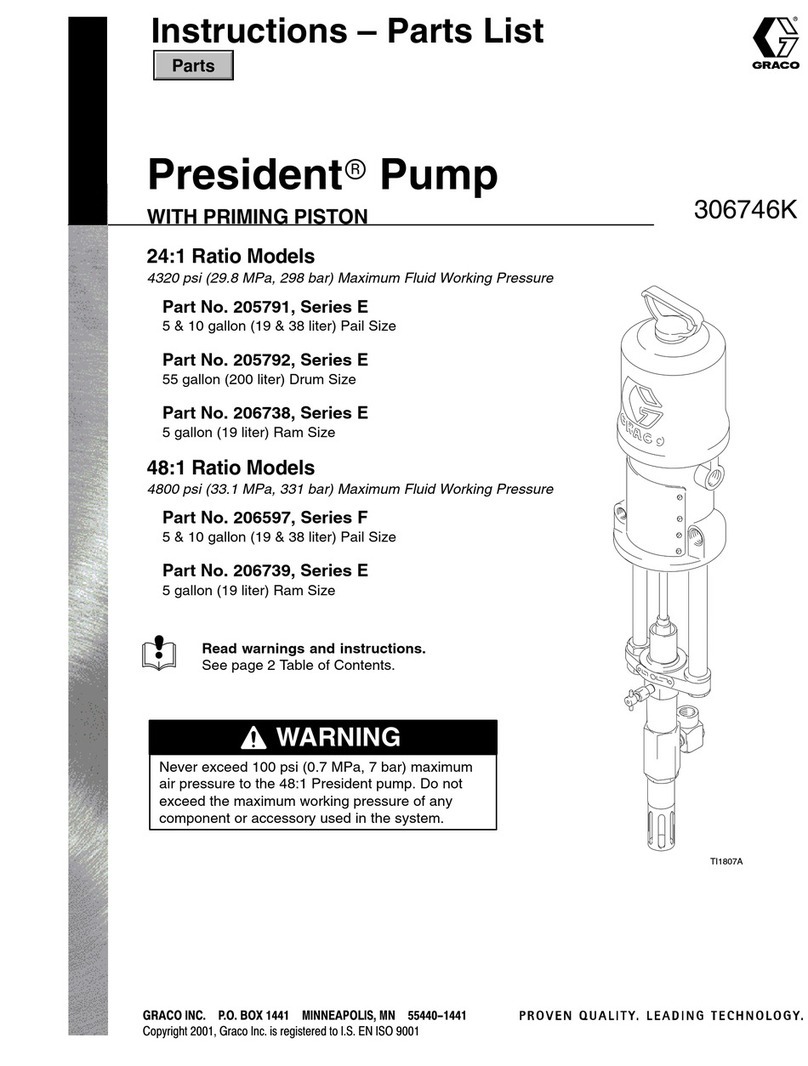Graco Husky 2150e Instruction Manual
Other Graco Water Pump manuals
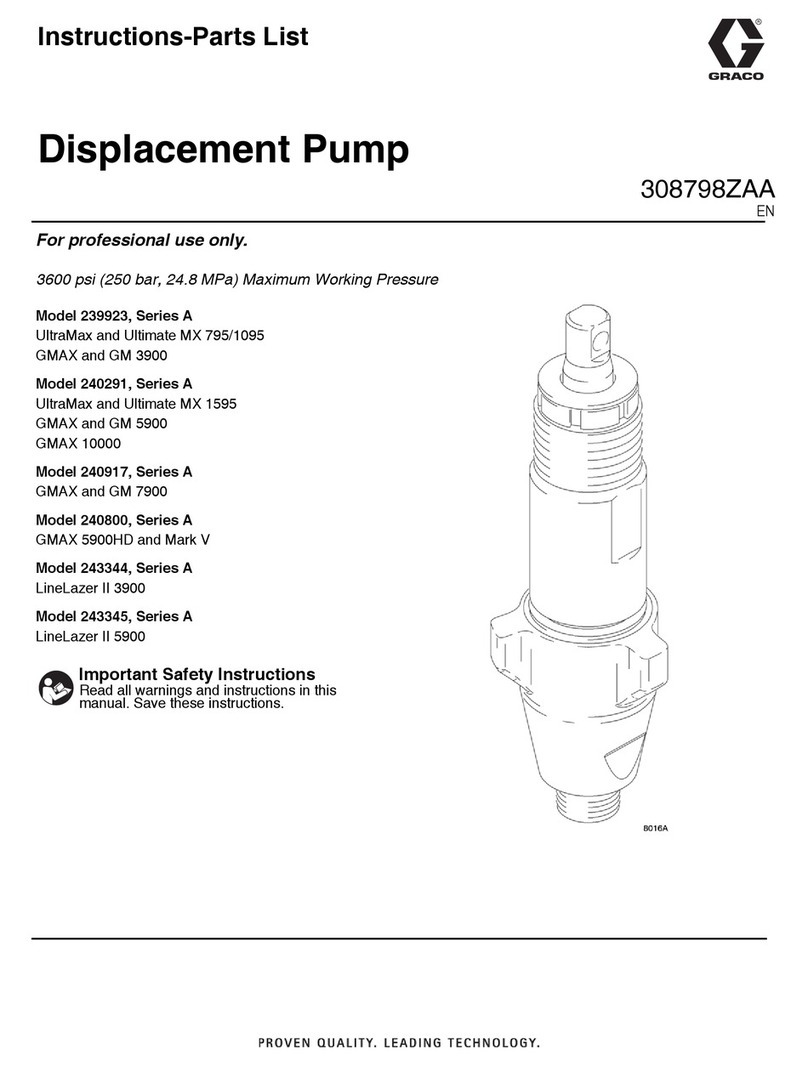
Graco
Graco 239923 Operation manual
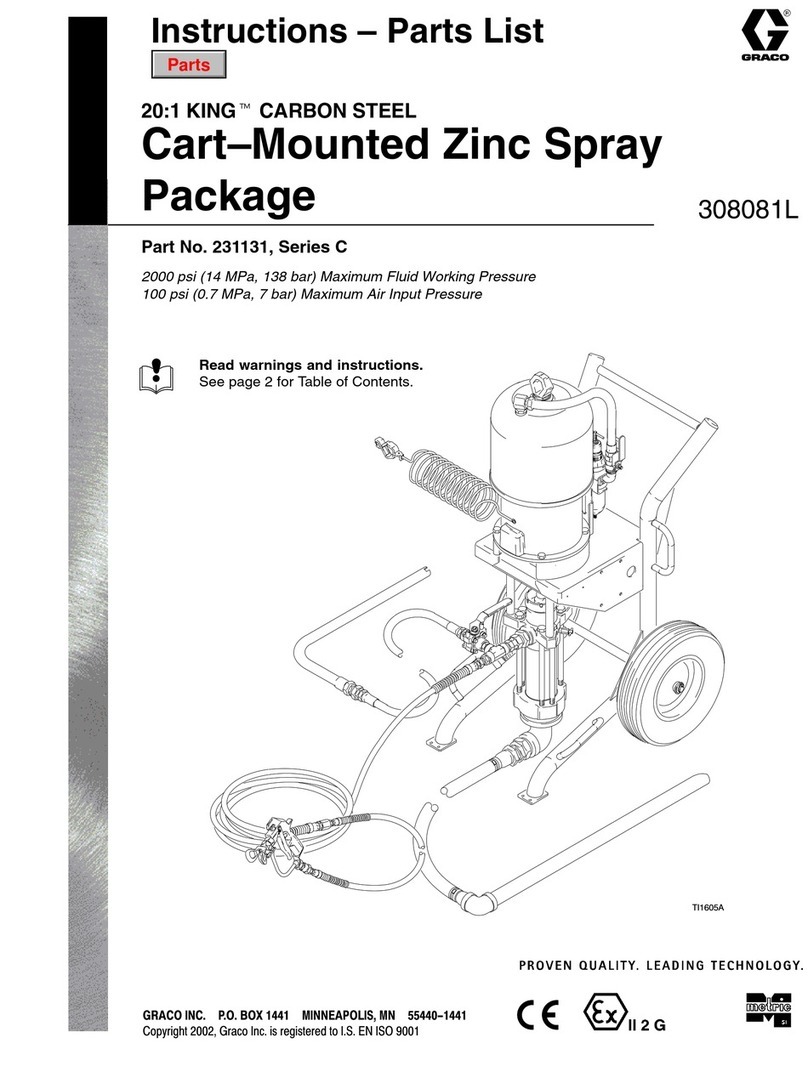
Graco
Graco 20:1 KING 231131 Operation manual
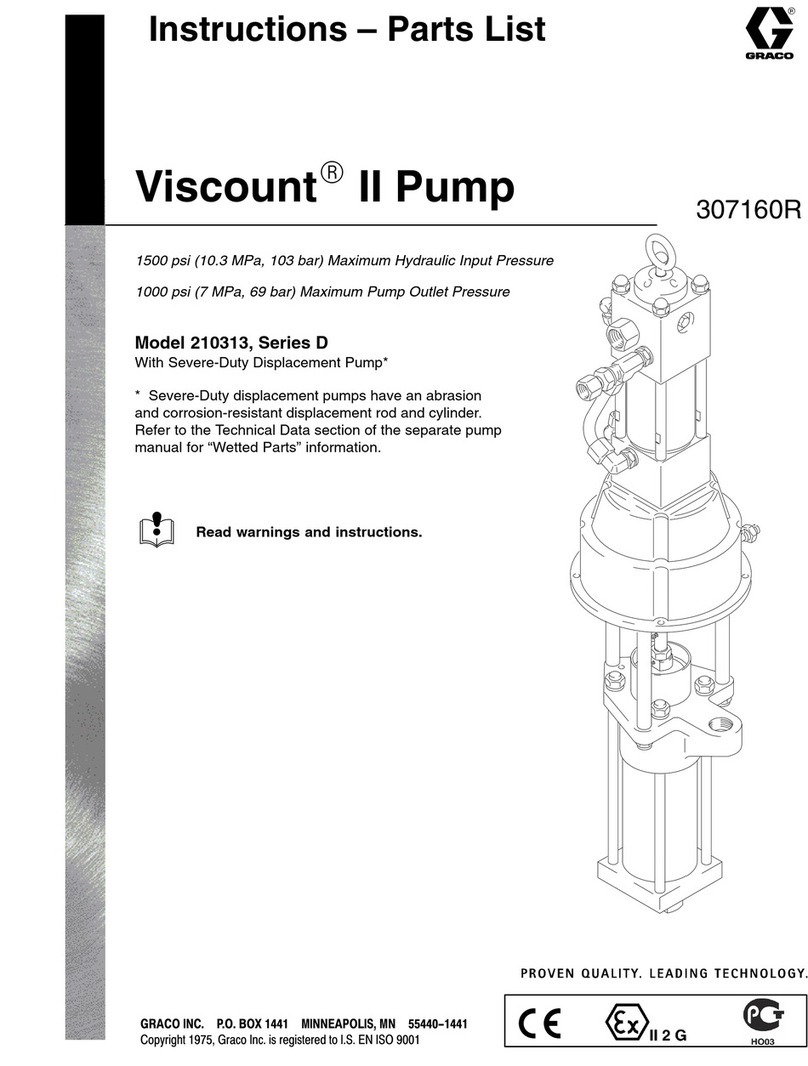
Graco
Graco 210313 Operation manual
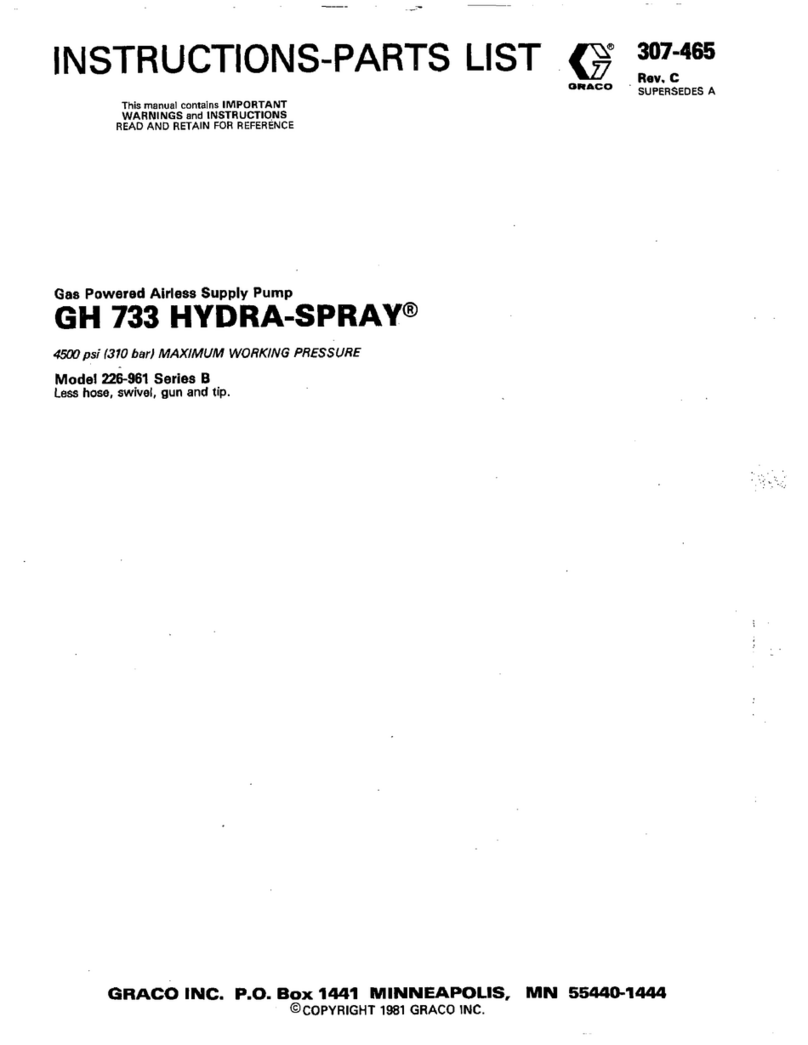
Graco
Graco GH 733 HYDRA-SPRAY Operation manual

Graco
Graco 231161 Operation manual
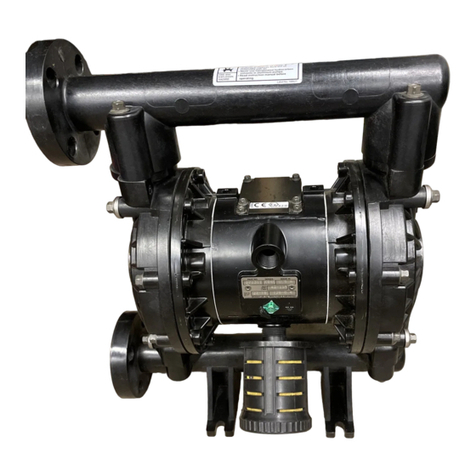
Graco
Graco Husky 1040 Operation manual

Graco
Graco 224342 Parts list manual

Graco
Graco saniforce 2150 Use and care manual
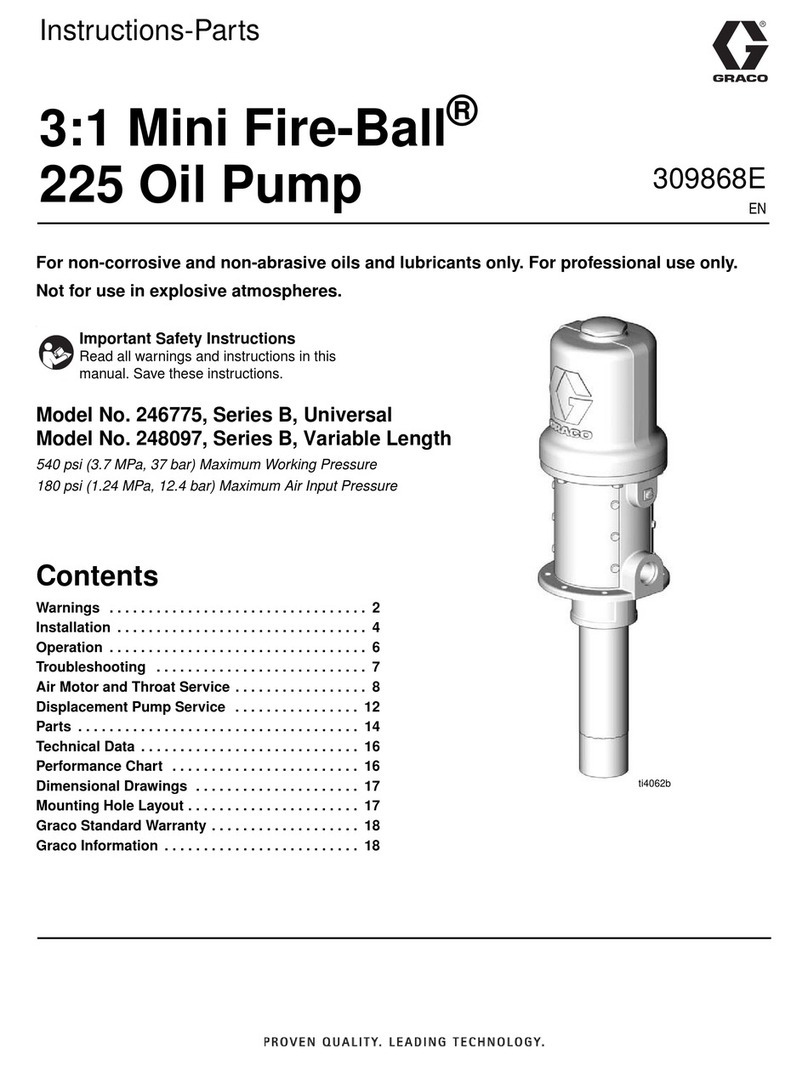
Graco
Graco Mini Fire-Ball B Series Parts list manual

Graco
Graco Husky 1590 DB3 Series User manual

Graco
Graco G-Chem Series Parts list manual
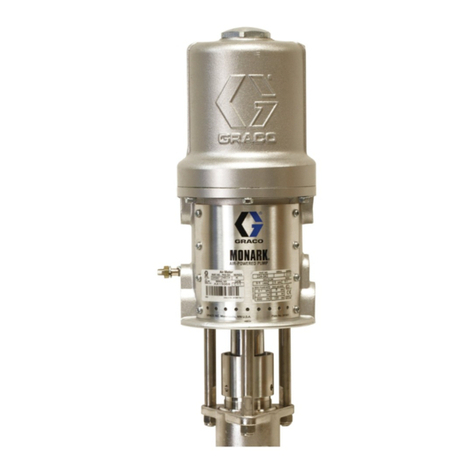
Graco
Graco Series D Operation manual

Graco
Graco Fast-Flo 226943 Operation manual
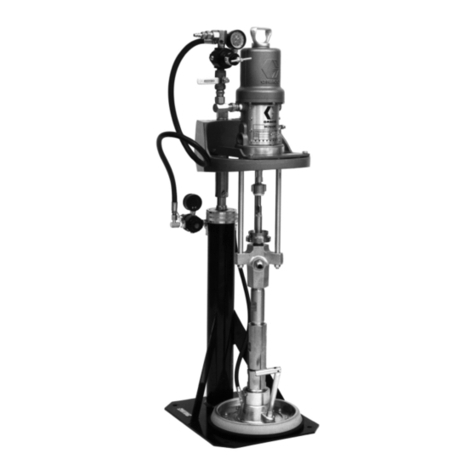
Graco
Graco CHECK-MATE 200 User manual
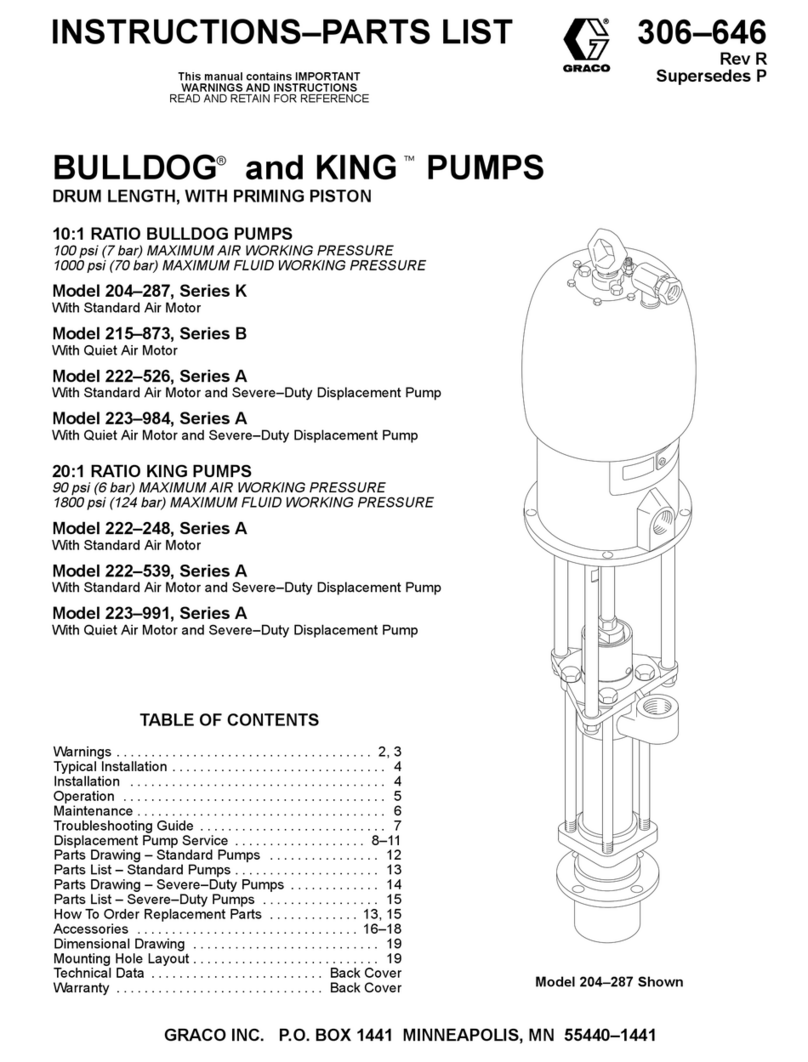
Graco
Graco BULLDOG 204-287, Series K Instructions-parts... User manual
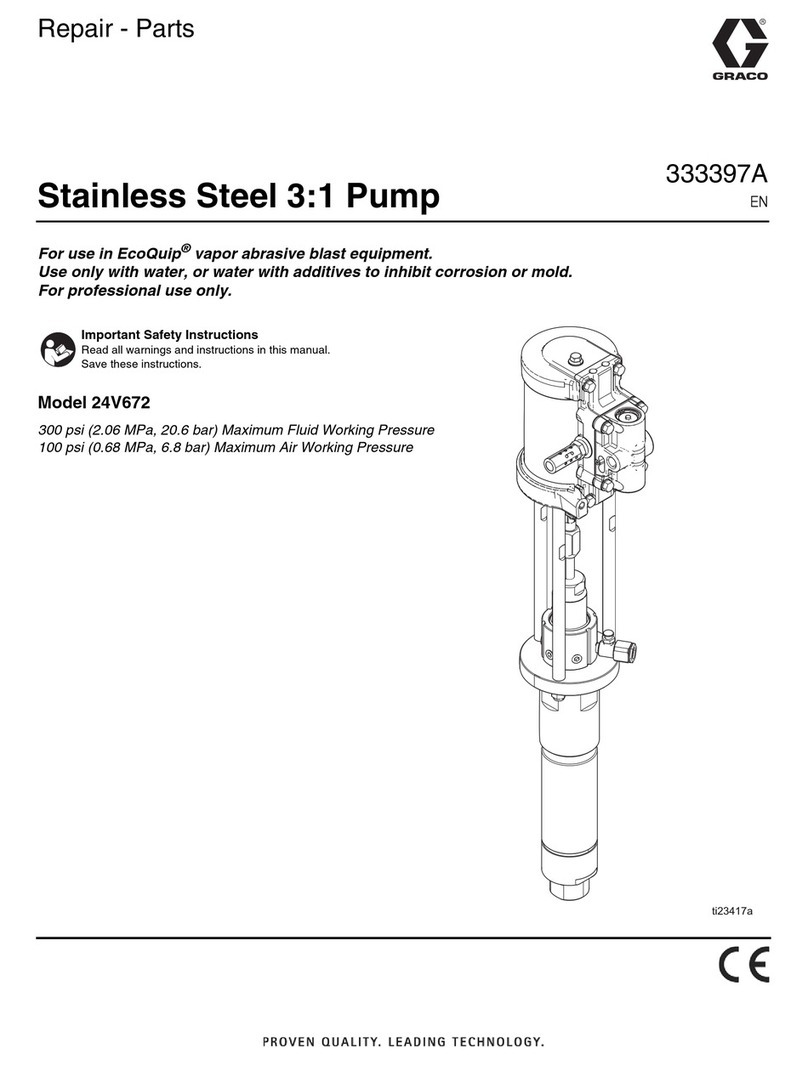
Graco
Graco 24V672 Use and care manual
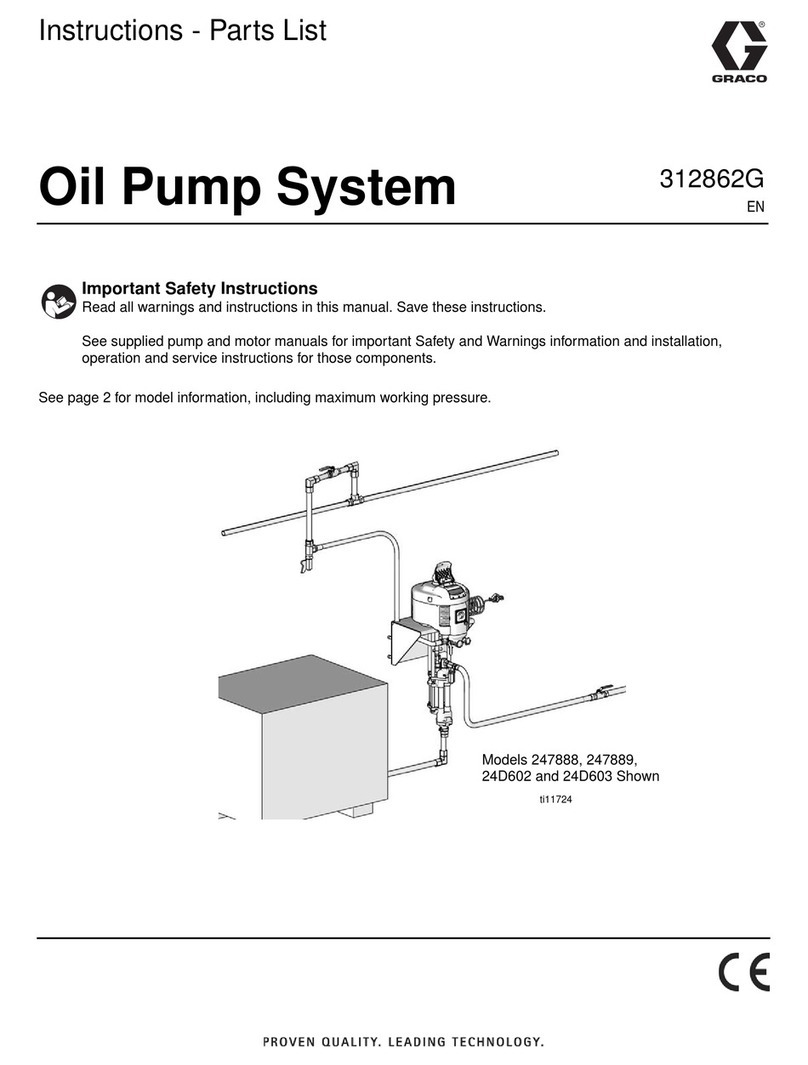
Graco
Graco 247888 Operation manual

Graco
Graco Husky 1050HP Instruction Manual
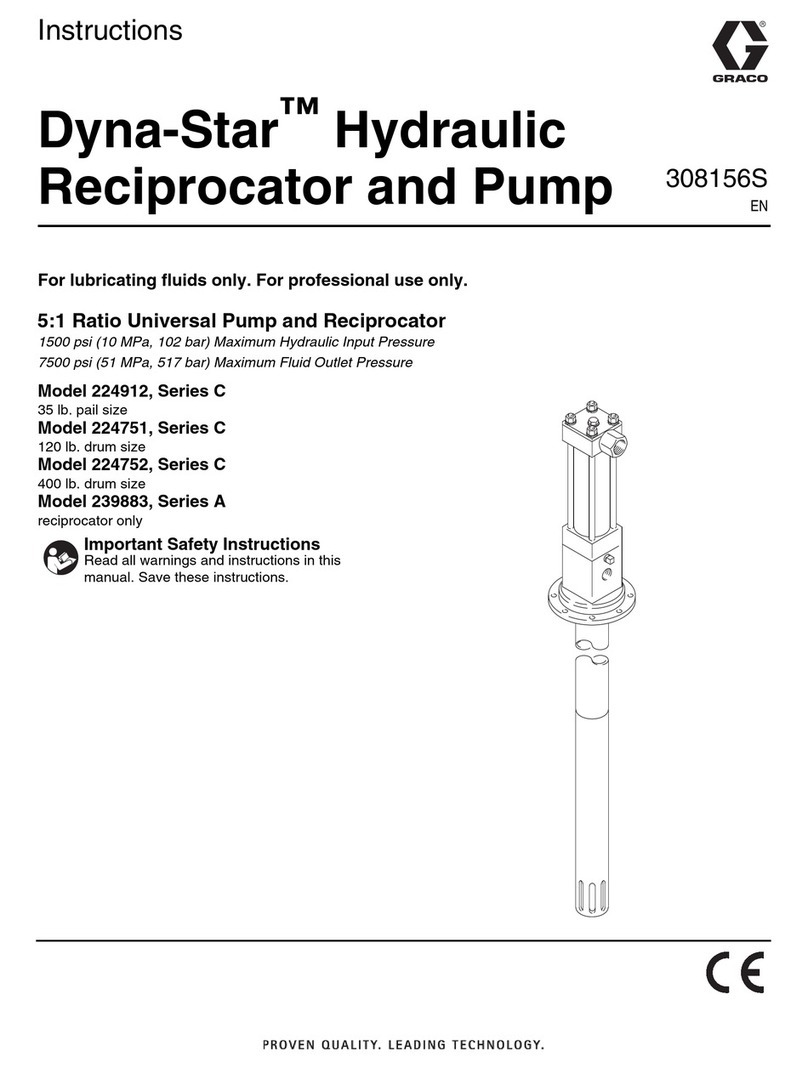
Graco
Graco Dyna-Star 224912 User manual

Graco
Graco Husky 1050 Series Instruction Manual
Popular Water Pump manuals by other brands

Fieldmann
Fieldmann FVC 5015 EK user manual

Everbilt
Everbilt EFSUB5-122HD Use and care guide

esotec
esotec 101018 operating manual

Becker
Becker BASIC VASF 2.80/1-0.AC230 operating instructions

Sykes AmeriPumps
Sykes AmeriPumps GP100M Operation and maintenance instructions

DUROMAX
DUROMAX XP WX Series user manual

BRINKMANN PUMPS
BRINKMANN PUMPS SBF550 operating instructions

Franklin Electric
Franklin Electric IPS Installation & operation manual

Xylem
Xylem e-1532 Series instruction manual

Milton Roy
Milton Roy PRIMEROYAL instruction manual

STA-RITE
STA-RITE ST33APP owner's manual

GÜDE
GÜDE HWW 900 GC Translation of the original instructions
